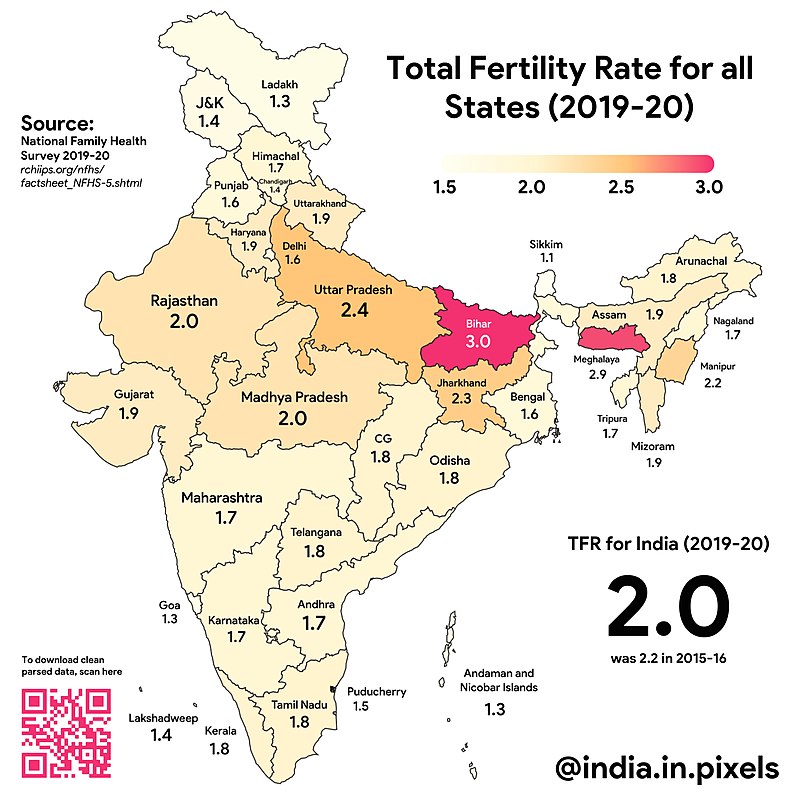A quite repetitive piece in The Wall Street Journal, What’s Holding Back India’s Economic Ambitions? Just 24% of women in India are working or looking for work. In the American upper-middle-class women not working is a sign of affluence a conscious choice to focus on investing in child-rearing rather than consumption. But this section jumped out at me:
In neighboring Bangladesh, female workers have played a crucial role in helping develop the garment industry—although the country’s factories have drawn charges of safety issues and worker exploitation. Bangladesh had a female labor-force participation rate of 38% last year, up from 28% in 2000. Its GDP per capita has surpassed India’s since 2019.
Economists say compared with India, Bangladesh has looser labor laws that have allowed factories to expand quickly and doesn’t have as many strong caste rules that encourage social conformity.
Reading about what has happened in urban Bangladesh due to the employment of young women in textiles is like reading about New England towns in the early 19th century. It’s basically history repeating itself. As I was reading the article I did wonder about caste and communalism; in many nations worries about who young women would meet at factories in particular was and is a massive concern. Could this really be an issue?
(China’s female labor force participation is 60%)
